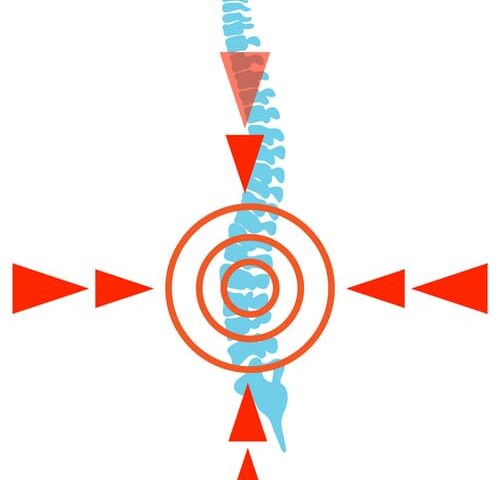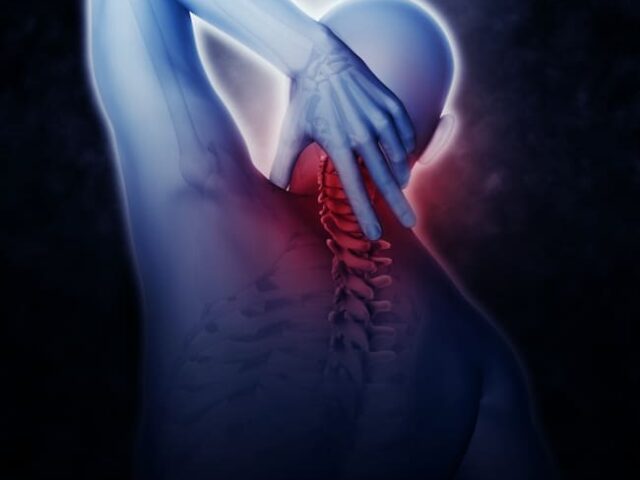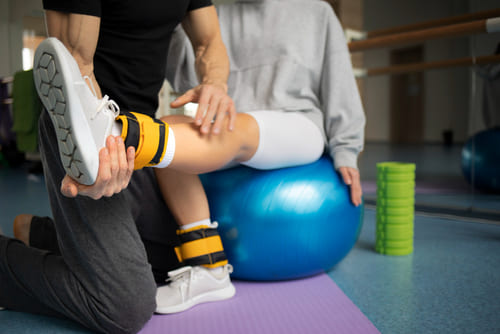Spinal stenosis is a medical condition that occurs when the spaces within the spinal column narrow, putting pressure on the nerves and causing various symptoms. This condition typically affects older adults but can occur in people of all ages. This article will explore spinal stenosis in detail, including its causes, symptoms, and treatment options.

Causes of Spinal Stenosis
A variety of factors can cause spinal stenosis. One of the most common causes is age-related degeneration of the spine. As we age, the spine’s tissues can start to break down, leading to bone spurs, herniated discs, and other structural abnormalities that can narrow the spinal canal. Other factors that can contribute to spinal stenosis include:
- Trauma to the spine, such as a fracture or dislocation
- Tumours or other growths within the spinal column
- Thickening of the ligaments that support the spine
- Inherited conditions that affect the shape or structure of the spine
Symptoms of Spinal Stenosis
The symptoms of spinal stenosis can vary depending on the location and severity of the narrowing. Common symptoms include:
- Pain in the back or legs
- Numbness or tingling in the arms or legs
- Weakness in the arms or legs
- Difficulty walking or standing for long periods
- Loss of bladder or bowel control (in severe cases)


Diagnosis and Treatment of Spinal Stenosis
Suppose you are experiencing symptoms of spinal stenosis. In that case, your doctor will likely perform a physical exam and order imaging tests such as X-rays, CT scans, or MRI scans to confirm the diagnosis. Once a diagnosis has been made, treatment options may include:
- Medications to relieve pain and inflammation
- Physical therapy to improve strength and flexibility
- Steroid injections to reduce swelling and pain
- Surgery to remove the pressure on the affected nerves
In some cases, lifestyle changes such as losing weight or avoiding certain activities that aggravate the symptoms may also be recommended.
Preventing Spinal Stenosis
While some cases of spinal stenosis cannot be prevented, you can take steps to reduce your risk. Maintaining a healthy weight, exercising regularly, and practising good posture can help keep your spine healthy and reduce your risk of developing this condition.
Spinal stenosis is a common condition that can cause significant pain and discomfort for those affected. If you are experiencing symptoms of spinal stenosis, it is crucial to seek medical attention promptly. With the proper diagnosis and treatment, most people with spinal stenosis can find relief from their symptoms and improve their quality of life. By making healthy lifestyle choices and preventing spinal stenosis, you can help protect your spine and reduce your risk of developing this condition.

